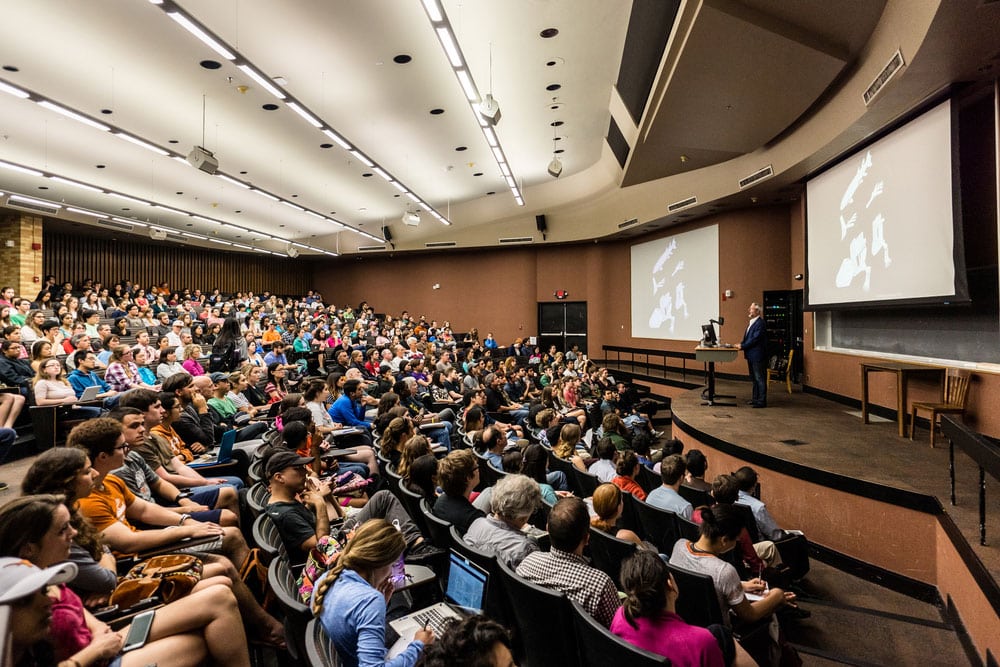The Role of Spatial Ability in Integrated STEM Thinking for People Development Management

Dear friends, while our series of articles about STEM is being published, we are very happy to receive your messages with congratulatory reports about our work, and this particularly moves us. So we decided to publish today one more aspect of the work, which we intended to present in September. And that’s because in a message we identified the need to talk about Spatial Ability. What have you heard about it?
A critical cognitive skill that has many common characteristics and could work in parallel with integrated STEM (Science, Technology, Engineering, and Mathematics) thinking is spatial ability. It talks about the ability to mentally observe and control objects, locations and shapes. Spatial skills are particularly helpful and essential in the STEM design process, from engineers creating new technology to architects constructing buildings. So our goal today is to highlight this unique convergence.
What are spatial skills and why are they crucial in the STEM design process?
A quick search reveals that mental rotation, visualization, spatial orientation, and spatial visualization are just some of the abilities that fall under the category of spatial skills. These abilities allow people to manipulate objects, understand complex relationships between shapes and places, and find solutions to problems in three dimensions. Spatial abilities are critical to envisioning and generating new ideas in the STEM design process.
According to research, there is a direct connection between spatial thinking and problem solving abilities. People with strong spatial skills are often excellent at spotting patterns, evaluating data, and developing new solutions to difficult problems. People can improve their ability to think critically and solve problems in STEM subjects by increasing their spatial abilities.
The correlation between spatial thinking and problem-solving abilities
There is no doubt that problem-solving skills and spatial thinking are closely related, especially in STEM fields. Strong spatial skills allow people to mentally rotate objects, visualize possible solutions, and understand spatial relationships. They can approach issues from multiple angles and come up with creative solutions because of their skills.
In addition, the ability to analyze and understand visual data is enhanced by spatial thinking. The ability to understand and interpret visual representations is essential in STEM occupations, as they often use complex diagrams, graphs, and models. Strong spatial reasoning abilities enable efficient interpretation of visual information, which leads to more accurate and well-informed decision making.
Assessing and developing spatial ability in individuals
Our systematic engagement over the past decade with the issues of personal and professional development has convinced us that a person’s spatial abilities should be assessed in order to determine their strengths and opportunities for growth. Numerous techniques, such as visuospatial ability assessments and spatial reasoning tests, can be used to assess an individual’s spatial ability. These assessments offer insight into an individual’s spatial thinking abilities and can guide the creation of focused interventions.
People who want to improve their spatial skills can take part in puzzles, building blocks and exercises that require spatial reasoning. In addition, computer-based programs and virtual reality simulations can provide interactive experiences that improve spatial abilities. People’s spatial and problem-solving abilities can be enhanced by consistently practicing these exercises.
Educational steps to enhance spatial skills in students
The educational experience of at least three decades and the special training we have received over 17 years in a “Closed Didactics School for Trainers” clearly indicate to us that the development of spatial skills must be integrated into the education system in order to prepare students for the workforce of the future. To help students’ spatial ability, teachers can use a number of methods, including:
- Incorporating hands-on exercises: Providing students with hands-on exercises, such as building models and designing structures, helps improve their spatial thinking skills. Through these activities, students can tackle real-world problems while greatly enhancing their spatial ability.
- Using visual aids: By using visual aids such as charts, graphs and charts, students can better understand complex concepts and improve their spatial thinking skills. To help students better understand spatial relationships, teachers can incorporate visual aids into their lesson plans.
- Encourage spatial reasoning activities: Activities that require students to identify patterns and solve problems can improve their spatial reasoning skills. These exercises put students under pressure to develop their critical thinking and problem-solving skills.
Engaging activities and resources to promote spatial thinking in the classroom
We often exchange opinions with colleagues from other specialties as well as engineers and IT teachers to explore together the field of spatial thinking. In order to promote spatial thinking in the classroom, teachers can use a range of fun activities and materials such as:
- Engineering puzzles and spatial problems: Giving students engineering puzzles and spatial problems might help them develop their spatial reasoning skills. These exercises inspire students to use their imaginations and spatial reasoning to solve issues.
- Middle school science brainteasers: Middle school pupils’ spatial skills can be improved via middle school science brainteasers. Students are challenged by these brain teasers to think critically, visualize ideas, and use spatial thinking to address complex issues.
Teachers may help students strengthen their spatial thinking abilities and better prepare them for future careers by introducing these activities and resources into the classroom.
Integrating spatial thinking into the curriculum for future workforce preparation
However, we could not ignore that in order to prepare the next generation of workers, the curriculum itself must incorporate spatial thinking. Students can gain the skills they need to succeed in their chosen fields by adding spatial thinking activities and resources to STEM instruction. The steps listed below can be used to achieve this integration:
-
- Curriculum design: Designing a curriculum that includes spatial thinking exercises and assessments will provide students plenty of chances to hone and use their spatial abilities.
- Teacher education: In order for teachers to better understand spatial thinking and how to incorporate it into the curriculum, it is crucial to provide them with chances for professional development. This course gives teachers the abilities and resources they need to successfully introduce spatial thinking to students.
- Working with industry experts: Working with industry experts enables students to gain first-hand experience with the application of spatial thinking across a range of STEM fields. This collaboration can provide students with beneficial experiences and expand their understanding of how spatial skills are applied in everyday contexts.
By introducing spatial thinking into the curriculum, educational institutions may better equip students for the workforce and provide them with the skills they need to succeed in their future careers.
Emphasizing the significance of spatial ability in shaping the future of professionals
It follows that improving one’s spatial abilities will enable one to think more critically, analyze visual data, and come up with creative solutions. Recognizing the value of spatial aptitude and implementing techniques to improve students’ spatial thinking are crucial for educators and educational institutions.
Visit our website and look through our educational tools and activities to find out more about the value of spatial ability and how to help people build spatial thinking abilities. Let’s create a future workforce with the spatial abilities required for success in all spheres of life!
Have you read?
World’s trendiest countries, 2023.
World’s Richest People (Top Billionaires, 2023).
Best Apps for Reading News for Google’s Android and Apple’s iOS.
Music successful CEOs and C-level executives listen to.
Which are the healthiest countries in the world for 2023?
Add CEOWORLD magazine to your Google News feed.
Follow CEOWORLD magazine headlines on: Google News, LinkedIn, Twitter, and Facebook.
Copyright 2024 The CEOWORLD magazine. All rights reserved. This material (and any extract from it) must not be copied, redistributed or placed on any website, without CEOWORLD magazine' prior written consent. For media queries, please contact: info@ceoworld.biz








